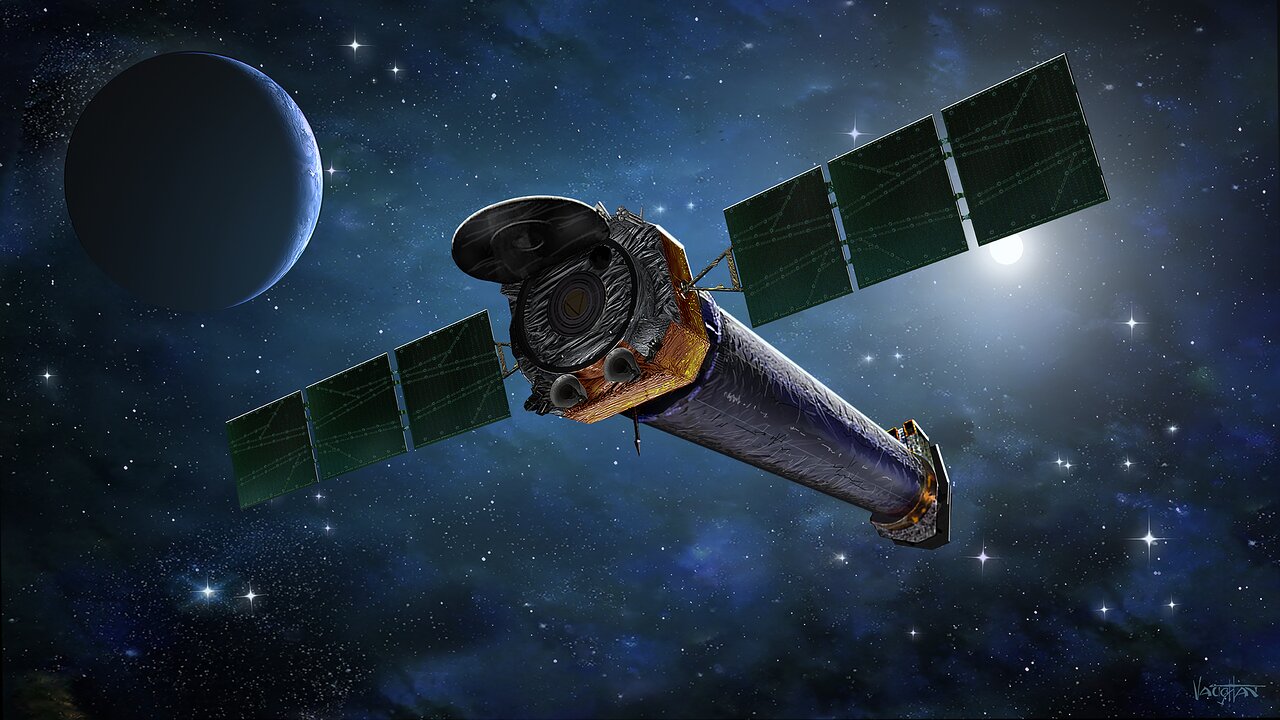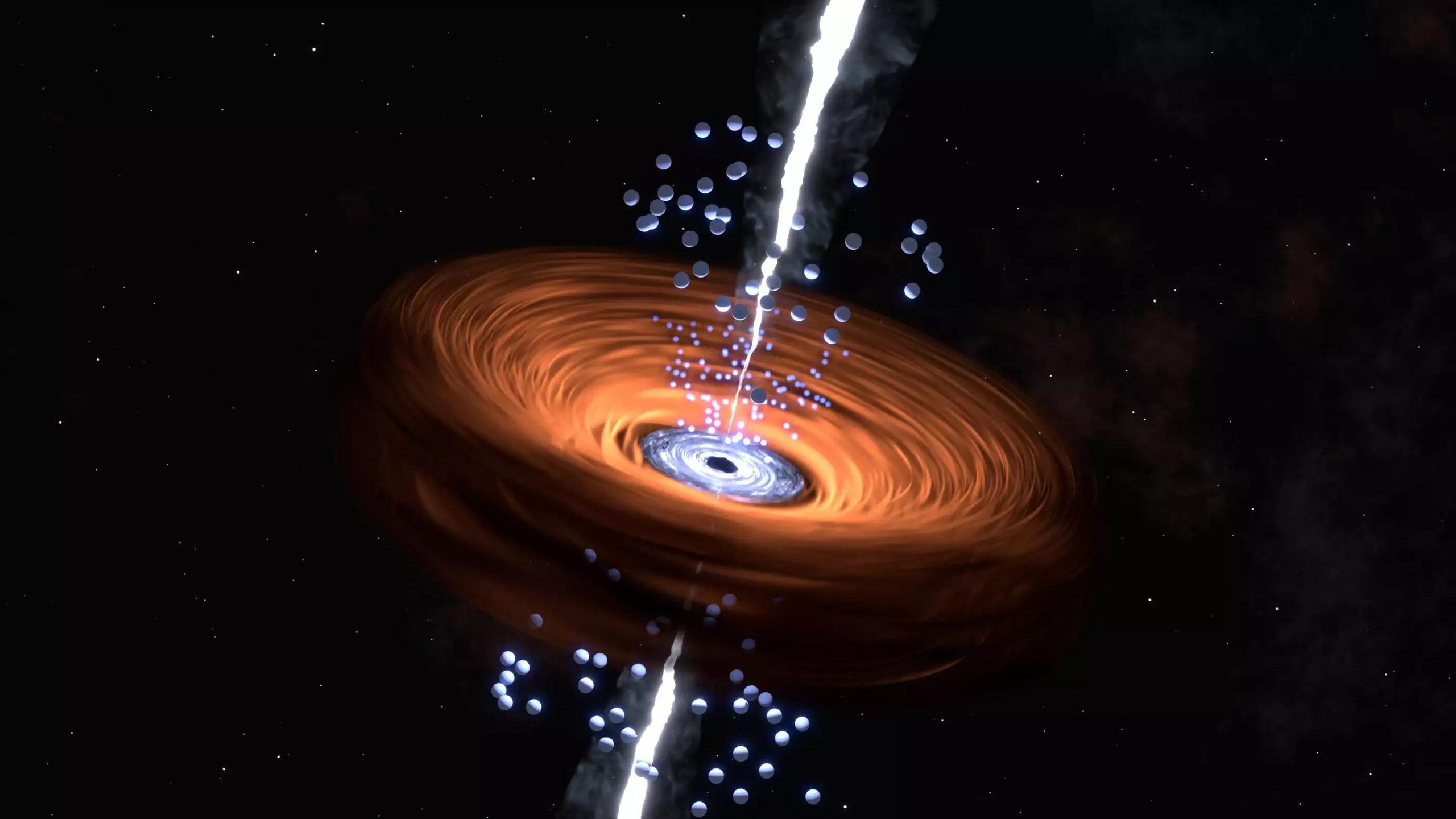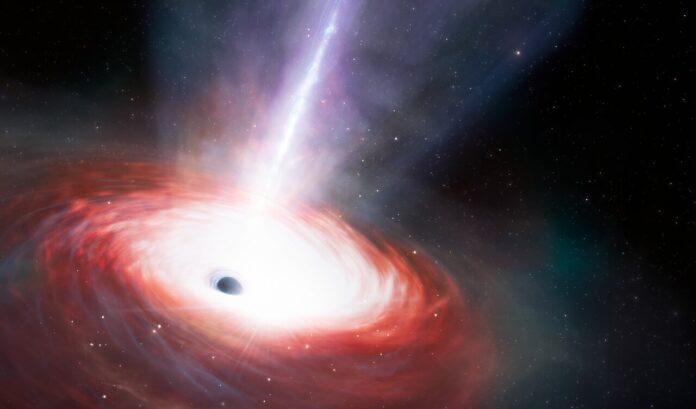In a groundbreaking discovery, astronomers have identified the fastest-feeding black hole in the early universe, an unprecedented find that could reshape our understanding of cosmic evolution. This discovery sheds light on how black holes grew rapidly in the universe’s early stages, providing clues to their powerful gravitational influence and their role in shaping galaxies. The recently discovered black hole consumes the equivalent of the mass of our Sun every day, making it one of the most voracious entities ever observed.
This ultra-massive black hole, located approximately 12.5 billion light-years from Earth, was formed in a time when the universe was less than a billion years old. Its incredible rate of growth and consumption challenges existing models of black hole formation and evolution. Scientists now aim to understand how such black holes came into existence in a relatively short time after the Big Bang and what factors contributed to their rapid growth.

Discovery of the Black Hole and Its Unique Characteristics
The black hole, found in a distant quasar, has stunned scientists due to its feeding rate and size. Quasars are extremely luminous and active galactic nuclei, powered by supermassive black holes that emit staggering amounts of energy. This particular quasar, cataloged as J2157, has a black hole with an astonishing feeding rate, which is thought to be around ten times faster than most other known black holes from a similar period. It is this feeding rate that has earned it the title of the fastest-feeding black hole in the early universe.
The discovery was made possible through a combination of ground-based telescopes, which detected the light from this distant quasar. By analyzing the light spectrum, astronomers were able to determine the speed and volume of the material being consumed by the black hole. The finding challenges previously held notions about the growth limits of black holes, as well as the conditions required for such rapid feeding.
How This Black Hole Is Changing Our Understanding of the Universe?
The existence of this black hole raises questions about the formation of supermassive black holes in the universe’s early stages. According to conventional theories, it would take billions of years for black holes to accumulate such mass, yet this one seems to have reached a supermassive scale in under a billion years. This discovery forces scientists to reconsider the mechanisms that could lead to such rapid growth. Was it a result of an unusually dense environment, a special kind of matter, or a series of galactic collisions that fed the black hole?
One hypothesis is that primordial black holes, formed shortly after the Big Bang, could have provided the seeds for these massive entities. Alternatively, some researchers suggest that this black hole may have had access to an unusually large reservoir of gas, allowing it to grow at a faster rate. The study of J2157 could provide answers to these questions, ultimately leading to a deeper understanding of how black holes influence galaxy formation and evolution.

Methods Used to Study the Black Hole
Studying an object located 12.5 billion light-years away presents a unique set of challenges. Scientists relied on a variety of observational techniques, using some of the world’s most powerful telescopes to capture and analyze light from the quasar. The redshift of the light indicated the extreme distance of the black hole, and by examining the spectral lines, researchers could deduce the velocity of the accreting matter.
The combination of multi-wavelength observations allowed for a more complete understanding of this black hole’s behavior. High-energy X-rays and ultraviolet light data provided critical insights into the surrounding accretion disk, a region of gas and dust being pulled into the black hole at high speeds. By measuring the temperature and density of this disk, astronomers were able to approximate the black hole’s mass and feeding rate with unprecedented accuracy.
Implications of the Discovery
This discovery has significant implications for astrophysics, particularly in the study of early universe cosmology. The presence of such a rapidly growing black hole at a relatively young age of the universe suggests that conditions in the early cosmos were conducive to the formation of supermassive black holes. It also implies that these black holes may have played a more active role in shaping galaxies and even influencing the distribution of matter in the universe.
Understanding how such black holes form and grow so quickly is crucial for developing comprehensive models of galaxy evolution. Black holes exert a powerful gravitational pull, which affects the motion of nearby stars and gases. This gravitational influence could help explain how galaxies evolved into the structures we see today. Moreover, since quasars are some of the brightest objects in the universe, they serve as essential markers for mapping the early cosmos and studying cosmic history.

Fast Facts About the Fastest-Feeding Black Hole
- Name: J2157
- Location: 12.5 billion light-years from Earth
- Formation Period: Less than a billion years after the Big Bang
- Feeding Rate: Approximately the mass of the Sun per day
- Comparison: Feeds 10 times faster than most other known black holes from the same era
Historical Context of Black Hole Research
The study of black holes has fascinated scientists for decades. Since the first theoretical prediction of black holes by Karl Schwarzschild in 1916, following Albert Einstein’s theory of general relativity, these cosmic entities have been an area of intense study. The discovery of quasars in the 1960s introduced the concept of active galactic nuclei powered by black holes, marking a significant milestone in astrophysics.
In recent years, technological advancements have allowed scientists to observe and study black holes in greater detail. Instruments like the Event Horizon Telescope have captured the first images of black holes, and gravitational wave detectors have identified black hole mergers. Discoveries like J2157 are part of a new era of black hole research, pushing the boundaries of our understanding and unveiling mysteries about the universe’s earliest stages.
Conclusion: A Milestone in Black Hole Astronomy
The discovery of the fastest-feeding black hole in the early universe is not just a scientific marvel; it is a crucial piece in the puzzle of cosmic evolution. This discovery challenges existing theories and opens up new questions about how black holes form and grow, especially in the universe’s infancy. As scientists continue to study J2157, they hope to uncover more insights that could reshape our understanding of black holes, galaxies, and the fabric of the cosmos itself.
This finding stands as a testament to the power of modern astronomy and the relentless curiosity driving scientists to explore the farthest reaches of space. With each discovery, we take a step closer to answering some of the most profound questions about the universe, its origins, and the nature of existence itself.

